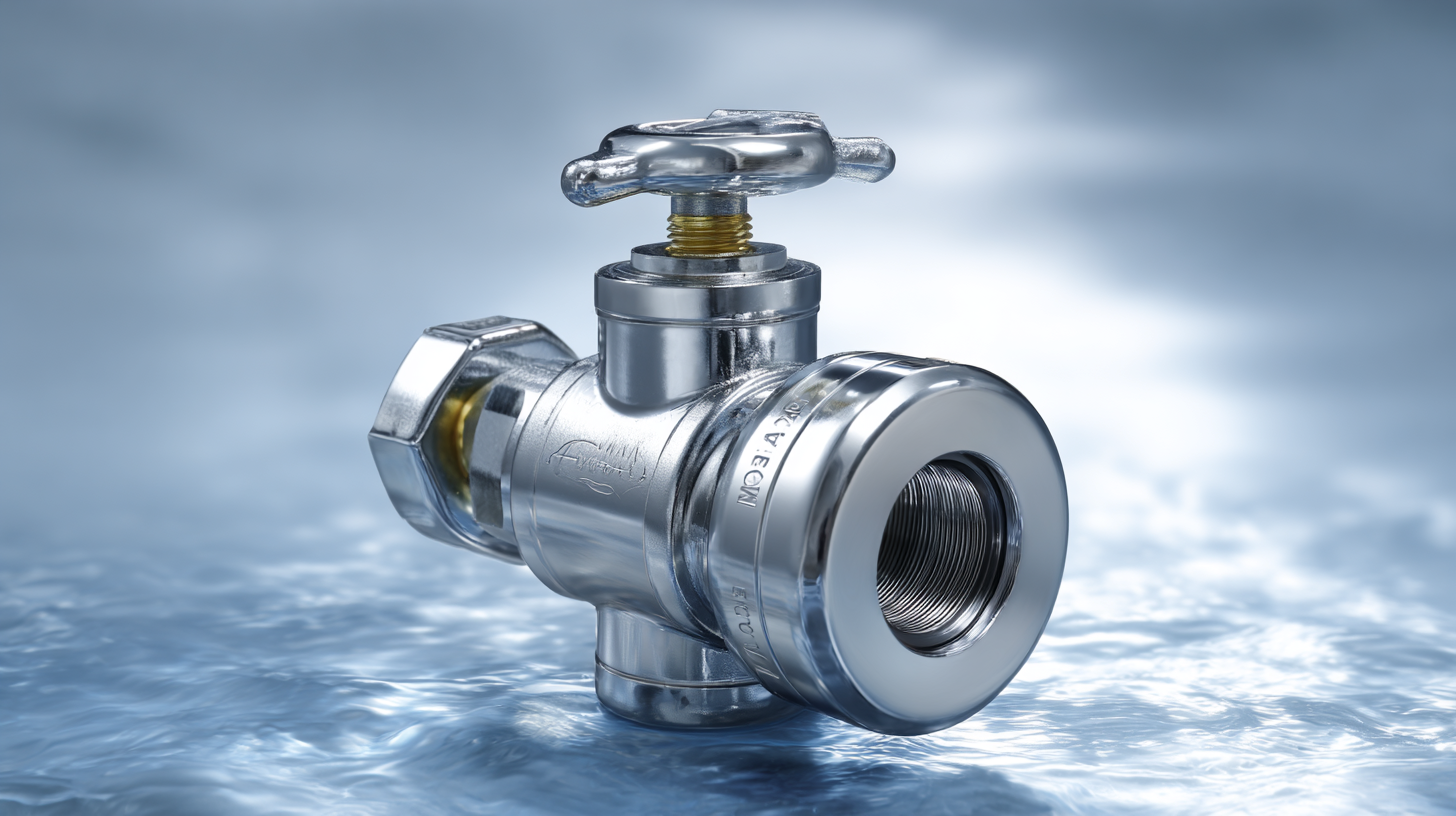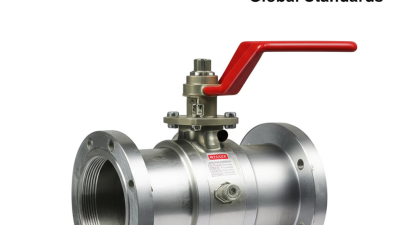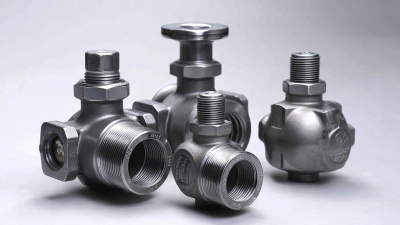
-
Home
-
Products
-
About Us
-
Application Cases
-
CLIENT & FACTORY
-
Test
-
News
-
Contact Us
Leave Your Message

In the realm of industrial applications, the selection of the appropriate valve is critical to ensuring operational efficiency and safety. One increasingly favored option is the Wafer Ball Valve, known for its compact design and reliability in flow control. According to a report by MarketsandMarkets, the global valve market is projected to reach USD 89.5 billion by 2027, driven by the rising demand for efficient fluid management solutions across various industries. The Wafer Ball Valve, in particular, is gaining traction due to its ease of installation and minimal space requirements, making it ideal for tight pipeline configurations. As industries seek to optimize processes and reduce costs, understanding the key factors in selecting the right Wafer Ball Valve becomes essential for ensuring system integrity and longevity.
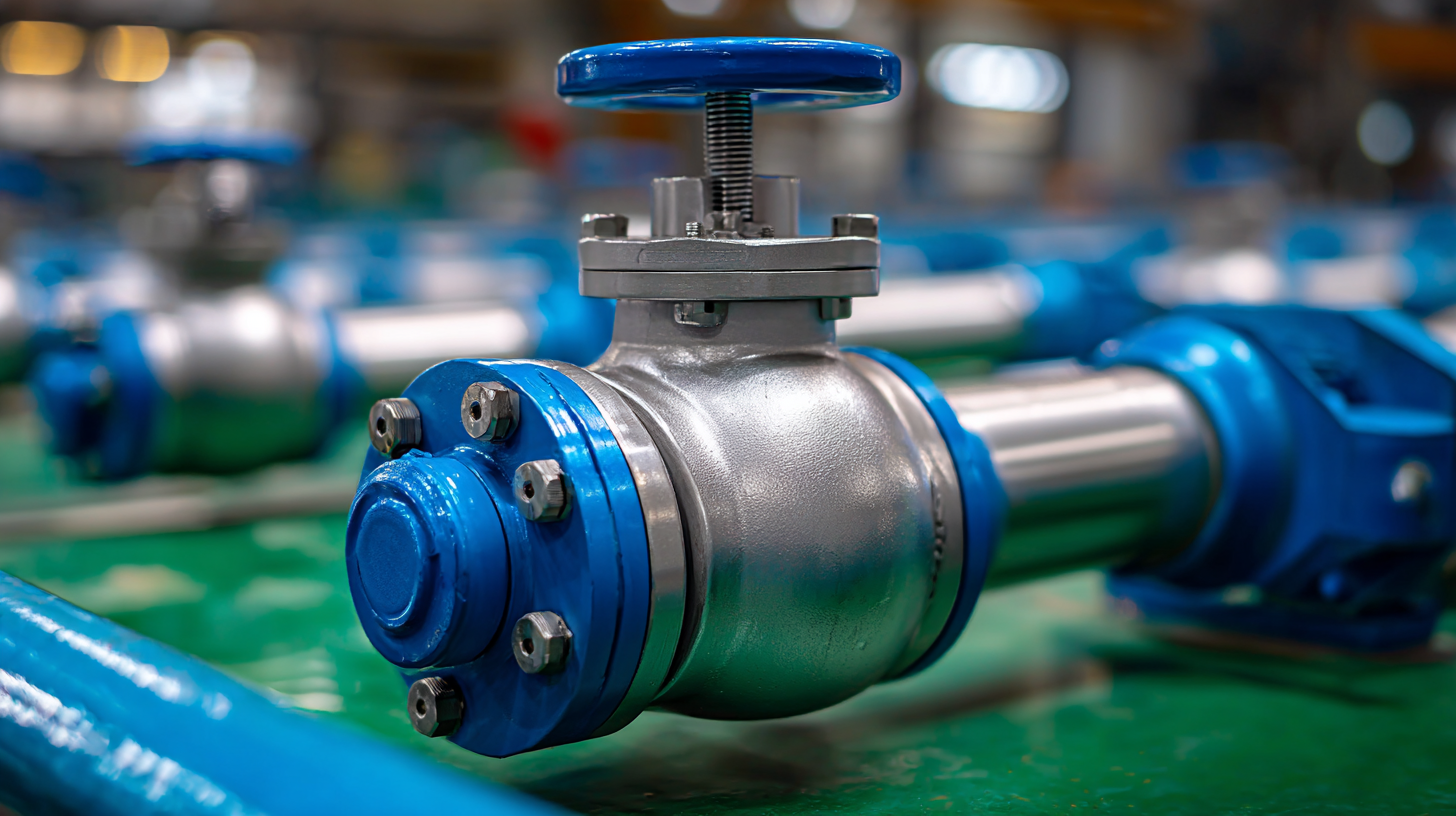
When selecting a wafer ball valve for industrial applications, several critical factors must be considered to ensure optimal performance and reliability. First and foremost, the size and pressure rating of the valve should align with your specific system requirements. A correctly sized valve guarantees efficient flow control, while the pressure rating ensures that the valve can withstand the operational conditions without risk of failure.
Additionally, evaluating the material of the valve is crucial; options such as stainless steel, brass, or plastic can influence not only durability but also compatibility with the fluids being handled.
Another essential aspect to consider is the type of sealing mechanism employed in the valve. Different designs may offer varying degrees of leakage prevention, which is vital in applications where fluid containment is critical. Furthermore, the ease of installation and maintenance should not be overlooked, as a user-friendly design can significantly reduce downtime during servicing. Always check for certifications and compliance with industry standards, as these can provide assurance regarding the valve’s performance and safety in your specific industrial environment.
When selecting a wafer ball valve for industrial applications, it's essential to understand the different types available in the market. Wafer ball valves are typically designed to fit between flanges in a piping system, making them space-efficient options for various industries. The most common types include floating ball valves and trunnion-mounted ball valves. Floating ball valves rely on the pressure from the flow of the fluid to keep the ball sealed against the seat, making them ideal for lower pressure applications. In contrast, trunnion-mounted ball valves feature a fixed ball design, providing greater stability and making them suitable for high-pressure and larger diameter pipes.
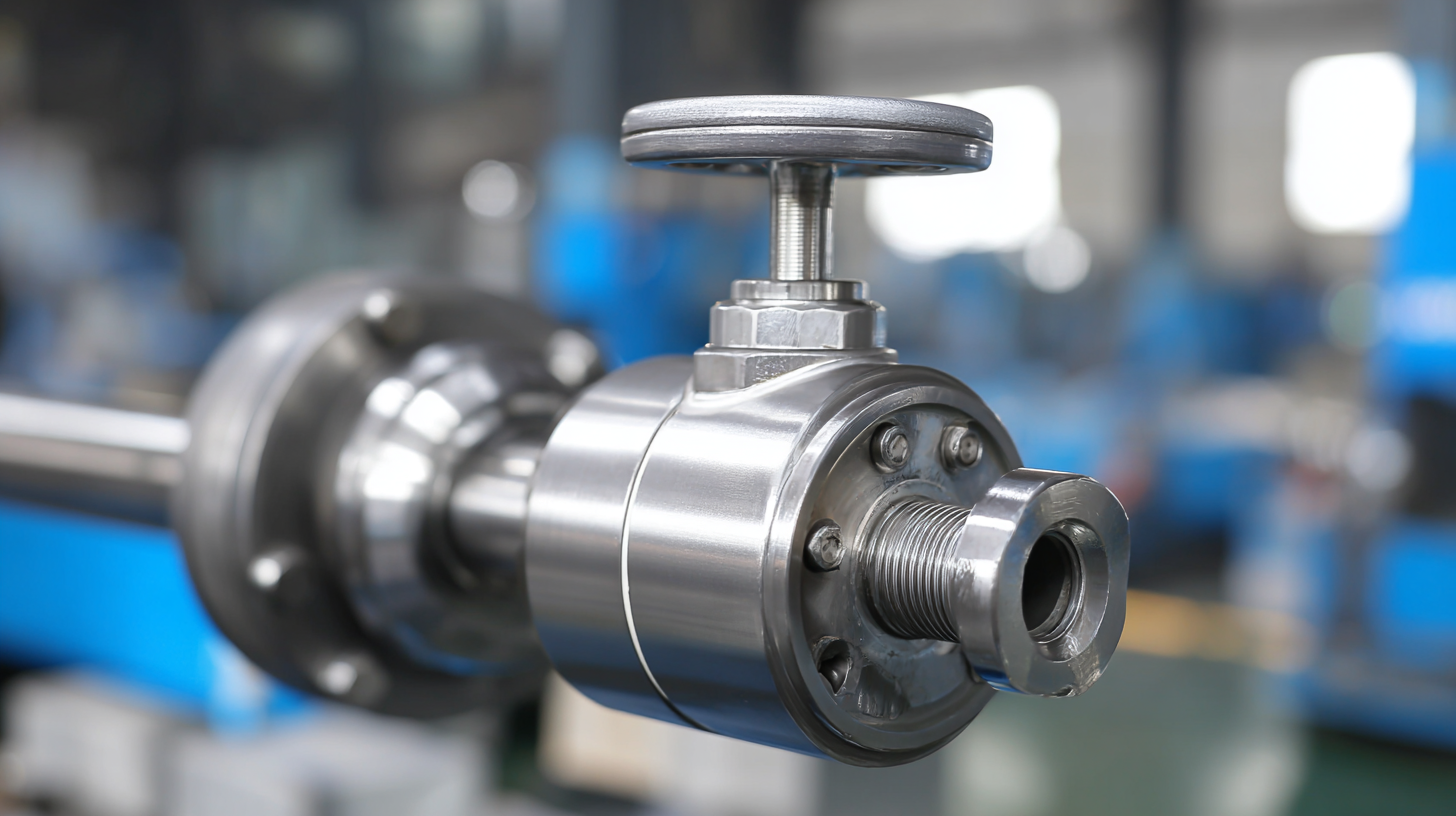
Another critical aspect to consider when choosing a wafer ball valve is the material of construction. Wafer ball valves can be made from various materials, including stainless steel, carbon steel, and plastic. The choice of material greatly influences the valve's durability, resistance to corrosion, and overall performance in different environments. Additionally, it's essential to consider the valve rating, such as pressure and temperature limits, to ensure it meets the specific requirements of your application. Understanding these differences will help you make an informed decision tailored to your industrial needs.
When selecting the right wafer ball valve for industrial applications, material choice is crucial. The valve's material should match the specific requirements of the application it is intended for. For instance, applications involving corrosive substances or extreme temperatures demand valves made from resilient materials that can withstand harsh conditions. Advanced surface coatings have emerged as a game-changing solution, enhancing the durability and performance of ball valves in various industries. These coatings significantly increase resistance to wear and corrosion, making them suitable for demanding environments.
Applications in the offshore industry often require careful consideration of valve types. Research indicates that wafer-type butterfly valves may be a viable alternative to traditional globe valves in utility services. Their lightweight design and efficient fluid control properties make them particularly appealing for offshore operations. Additionally, new sealing technologies are being introduced to improve the reliability and lifespan of valves, addressing the need for advanced performance in fluid management. Choosing the appropriate materials and valve types tailored to specific industrial needs ensures optimal functionality and longevity of the equipment.
When selecting a wafer ball valve for industrial applications, understanding key performance specifications is crucial. Wafer ball valves are designed for space-saving efficiency, and their performance largely depends on several factors, including pressure rating, temperature range, and material compatibility. The pressure rating indicates the valve's capacity to handle specific pressure levels without risking failure, while the temperature range defines the operating limits crucial for processes involving heat-sensitive fluids.
Tip: Always check the manufacturer’s datasheet for precise performance specifications, ensuring that the chosen valve meets the operational demands of your particular environment.
Another important aspect to consider is the valve's flow characteristics. A well-designed wafer ball valve should provide minimal resistance and turbulence in the flow path. The dimension of the valve ports and the design of the ball can significantly influence flow efficiency. Additionally, consider factors such as sealing methods and maintenance requirements to ensure long-term reliability and performance.
Tip: It's advisable to consult with industry experts or valve suppliers to understand the nuances of flow characteristics and to select a valve that aligns perfectly with your system's requirements.
When it comes to wafer ball valves, proper maintenance and installation are crucial for optimal performance in industrial applications. To ensure longevity and reliability, it’s essential to follow specific guidelines during the installation process. Begin by meticulous cleaning of the valve and connecting pipes to eliminate any debris or contaminants that could affect operation. Confirm that the valve orientation matches flow direction indications before finalizing connections, as improper alignment can lead to malfunctions. Utilize appropriate fittings and ensure that all bolts are properly tightened to avoid leaks.
Once installed, regular maintenance is key to keeping wafer ball valves in prime working condition. Schedule periodic inspections to check for signs of wear and tear, especially around seals and seats. Lubrication is vital; however, ensure that the lubricant is compatible with the valve material and the process fluid to prevent damage. Additionally, implement a systematic testing procedure for both functionality and tightness, which will help identify any potential issues early on. By adhering to these best practices, you can enhance the performance and reliability of wafer ball valves in your industrial setup, ultimately leading to reduced downtime and increased efficiency.
